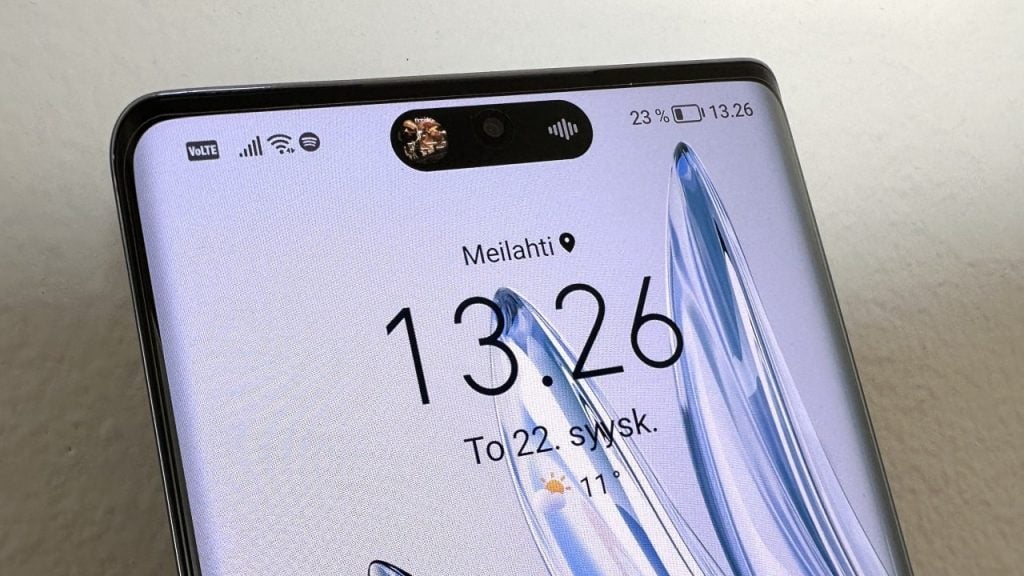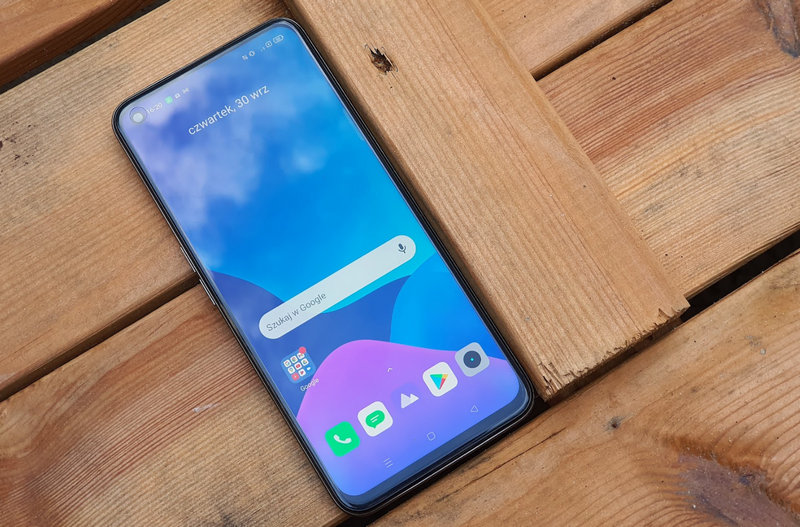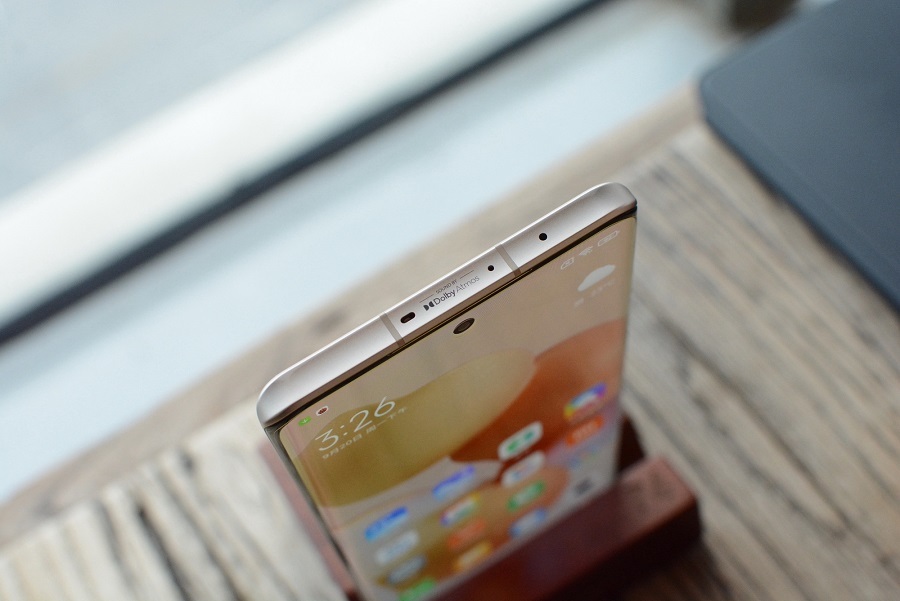While talking about OLED technology in televisions until a few years ago we could only think of one manufacturer: LG. The South Korean company has gained an unprecedented reputation for its panels, gaining enormous market share not only by launching OLED TVs, but also by supplying its technology to other manufacturers.
But Samsung woke up from its lethargy and launched its first QD-OLED television in 2022 to compete with the company that actually dominates the industry. And so it has been with very good results, leaving consumers and experts more eager to know how this technology has evolved. However, Samsung already bet on OLED televisions over a decade ago. That’s why we wanted to delve deeper into this article. Why did Samsung give up on this lucrative market?.
From Super OLED to QLED. How did Samsung switch to LG?
January 2012. Samsung unveiled its first OLED television at CES that year. He called his technology “Super OLED” and shocked the public with this brand new 55 inch and never before seen thinness and bezels. The market was beginning to explore OLED technology, which was already known in those years. A big evolution compared to LCD and plasma.
Samsung wasn’t the only one showing the OLED TV proposal to the public during the tech expo in Las Vegas. LG and Sony were also debuting with such technology and 2012 seemed to finally be the year of OLED TVs..
Even after a year, we still didn’t know much about Samsung’s presentation of “Super OLED” and its first curved television with this technology. Of course, the price resonated even the farthest: $9,000. Although this technology was extremely expensive at the time, LG made its offer in Spain for about 1,000 euros cheaper; this is a significant amount as both are based on the same technology.
2013 also coincided with the patent scandal between the two companies. And Samsung asked LG to admit it was the reason. An important leak about OLED technology. Not only did LG not notice such a situation, but assured that they both operate the technology differently. It also sued Samsung for infringing on some of its patents on the subject.
The OLED fever has begun, but Samsung hasn’t seen mass production profitable.
The desire to be the first in the world to demonstrate OLED technology was in the air. Samsung finally released first OLED TV KE55S9C. However, the company never went into mass production and was soon discontinued.
Among the main factors that caused Samsung to abandon the technology were: excessive production costs and relatively higher manufacturing defect rate than LCD panels. Also, mass-produced OLED panels at the time were quite a technical challenge, and the price the consumer had to pay for the product put the company in doubt.
In this way, Samsung left this technology in their televisions, something we can still confirm today, although it continues to bet heavily on this technology in mobile devices. In its place, South Korean firm focused on quantum dot panels With SUHD panels and then its best-known evolution to date: QLED.
This move of Samsung caused the company to want to move away from the OLED panel and differentiate itself by strongly promoting quantum dot panels. It had one big advantage over OLED: brightness. However, it was hard to believe that the company, which has made such a claim on OLED in the past years, will return to LCD panels. Probably one of Samsung’s biggest mistakes.
But Samsung did not fail at QLED, in fact it was an excellent strategy as it convinced the public that quantum dot technology was at the forefront of innovation while saving on manufacturing costs of OLED panels.
Return to OLED was inevitable for Samsung
Samsung’s return to OLED panels in televisions was only a matter of time, and has since been considered one of the best panel technologies. But the firm wanted to do it right and looked for a way to cut production costs. For this, it invested in companies specializing in OLED panel printing.
We already know the story years later. Samsung is back with QD-OLED panels in 2022 On Sony’s S95B and A95K models. These panels remove the RGB filter from W-OLED displays by applying a layer of quantum dots to the OLED panel. This way, brilliant delivery begins to prevail And thanks to the quantum dot matrix, the color space is also noticeably wider.
In this way, Samsung returns to betting stylishly on OLED, and it all goes to show that the firm has put all the meat on the grill to deal with LG’s OLED technology, which is no longer lagging behind and finally has the competition. Even so, this competition benefits the user.
Cover Image | Unboxing Therapy

















